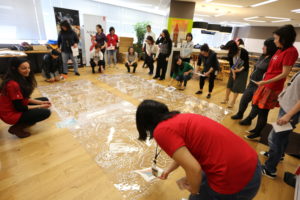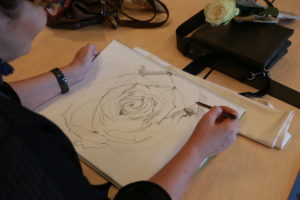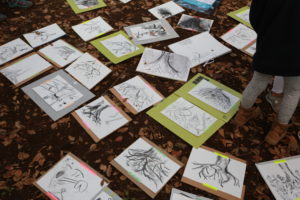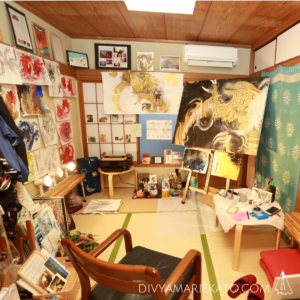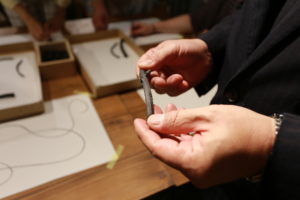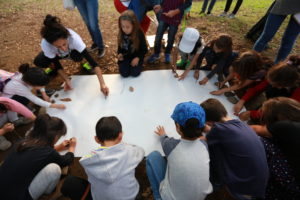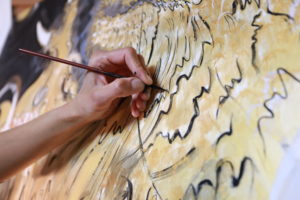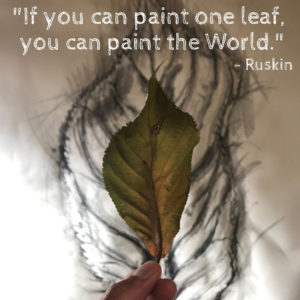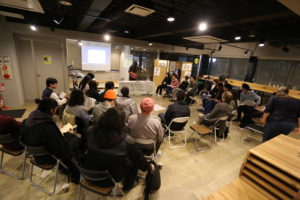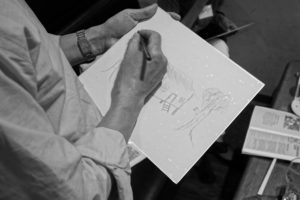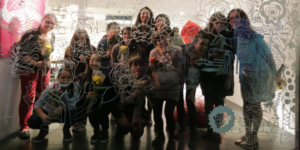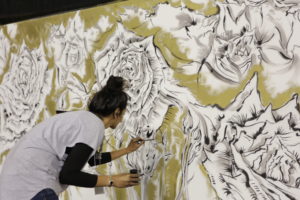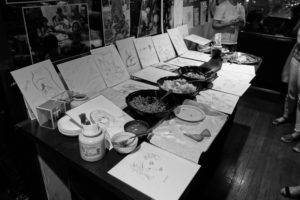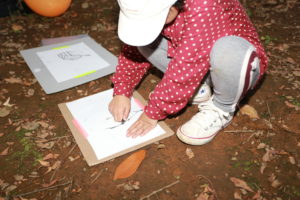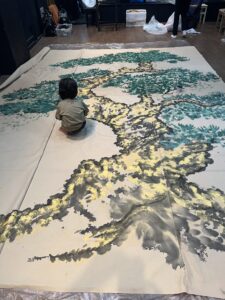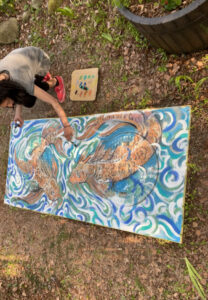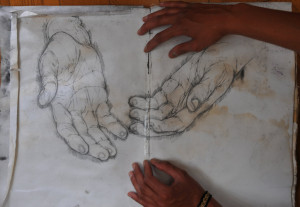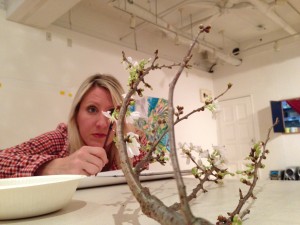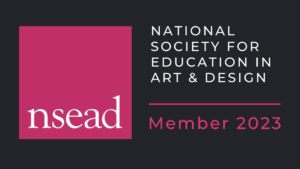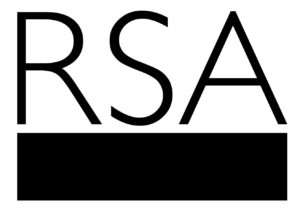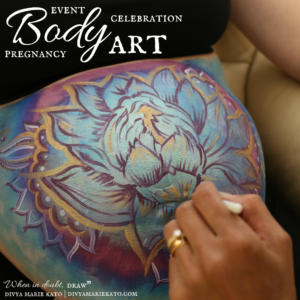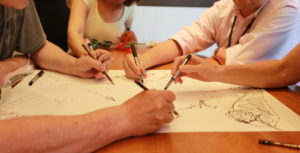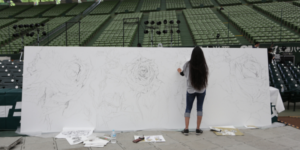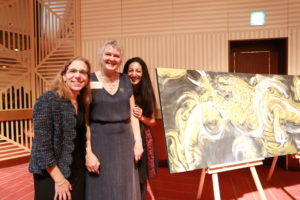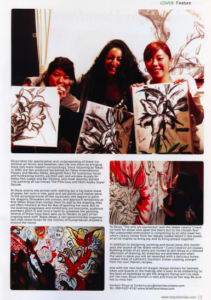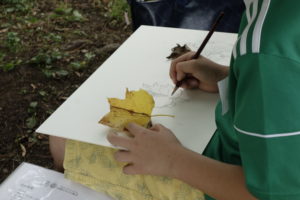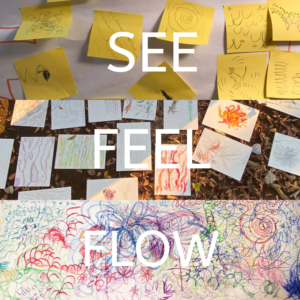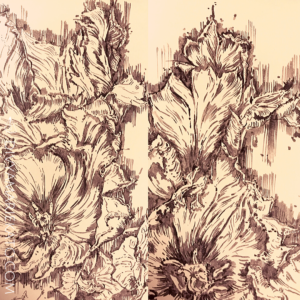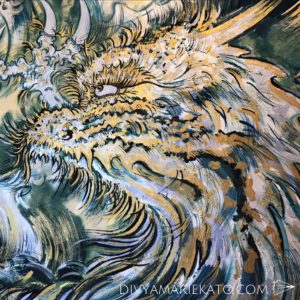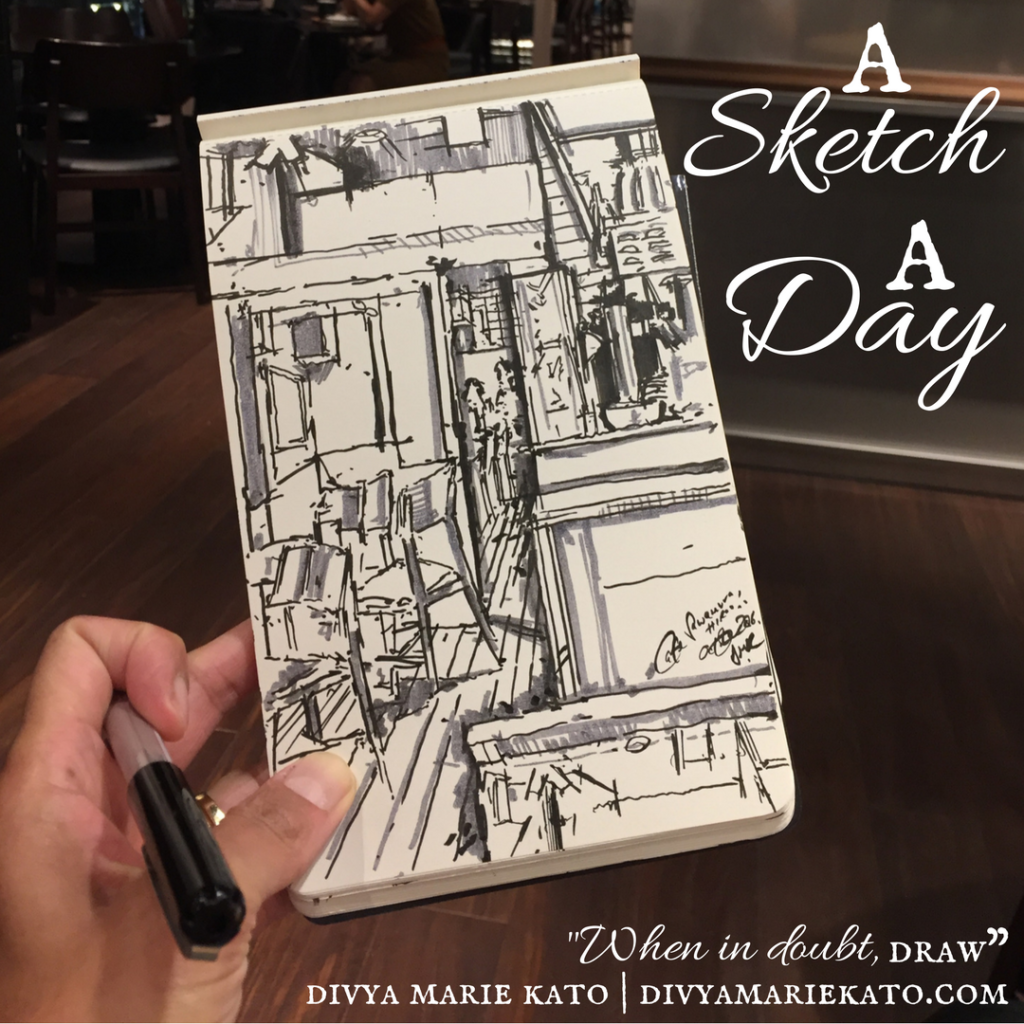
A sketch a day helps you yay.
Yup, yay. (highly technical term)
Halloween may be over, but scary things are ever present. ESPECIALLY as we get into the last months of 2016. The real stuff of fear and doubt. The stuff that goes on up there in the head.
That’s why making sure we take regular breaks from the left brain, and get into the right, is the best idea since sliced bread. It works WONDERS.
Not only in terms of presence, observation, reflection and expression – enough already right?? – but the simple act of drawing is one of the fastest, most portable and accessible (just need pencil and paper) ways to connect to your creativity, spark new ideas and get back into flow.
Plus, you can continue doing it into old age!
AND it helps with business.
Here’s what champion of drawing, Betty Edwards, Author of Drawing On The Right Side Of The Brain, has to say:
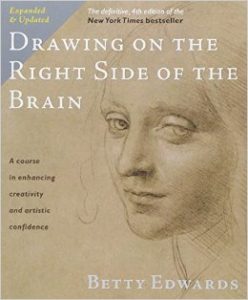 “Drawing is probably the best way to train perceptual skills—meaning how to see—and the act of seeing is undoubtedly involved in creative problem‐solving and in just about everything humans do.
“Drawing is probably the best way to train perceptual skills—meaning how to see—and the act of seeing is undoubtedly involved in creative problem‐solving and in just about everything humans do.
Eyesight and seeing are surely among the most critical functions for human beings, but seeing is hardly trained at all. The reason seems to be that we all see pretty well and think that we don’t need training in how to see—that it would not be useful.
In fact, human beings do not see very well. The brain itself makes assumptions about what it is seeing, and can actually can change perceptions to fit its assumptions. Your listeners may be familiar with the so‐called “constancies,” perceptual constancy, form constancy, and concept constancy. This means that the brain, which is always looking for easy ways to do things, makes quick assumptions about perceptions based on its previous knowledge. And often these assumptions are wrong.
Learning to draw can help to make one’s perceptions fit more closely with reality. First of all, drawing teaches accurate perception—how to see what is really “out there.” Second, perceptual skills learned through drawing can transfer usefully to other fields. For example, learning to accurately see negative spaces is useful in business problem‐solving. In business, there is a term called “white spaces.”
Writers of business books recommend that business problem‐solvers look at the ‘white spaces,’ the spaces around the problem, rather than looking solely at the actual data of the problem.
Now, this is a difficult concept for someone who hasn’t learned to draw. Once you’ve learned to draw, negative spaces become real—something you can mentally grab onto. And the other basic perceptual skills of drawing have equal value in terms of thinking and problem‐solving, in business or in other fields. For example, the concept of edges—the perception of edges—which is one of the five component skills, carries profound meaning: where does one thing end and another thing begin? To return to business problem‐solving, it is important, for example, to be able to accurately perceive the edge between the client’s interest and the seller’s interest. Where is that edge located? Is it movable? Is it solid or permeable?”
A sketch a day.
Not for good or bad.
Not for masterpieces or for others. (although sometimes it’s nice to give someone something you’ve made)
For you.
With tea.
Soul soothing stuff.
Happy weekend ahead friends. Big love, Ever draws, DMK x
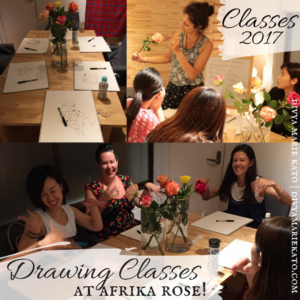 Hi, I’m Divya and I’m an artist in Tokyo.
Hi, I’m Divya and I’m an artist in Tokyo.
I help people who believe they can’t draw (yes you can) or want to wake up their inner artist (just needs a gentle nudge.)
Whether you like learning online or in person, 1-1 or in a group, at home or at work, you’ll find everything you need right here.
Next speaking event: Tokyo American Club Dec 7th 2016, about my forthcoming book, When In Doubt, Draw.
Best way to keep up to date with classes, retreats and drawings is right here on Instagram:
divyamariekato

